#Paoli Massacre obelisk
Text














The Battle of Paoli (also known as the Battle of Paoli Tavern or the Paoli Massacre) was a battle in the Philadelphia campaign of the American Revolutionary War fought on September 20, 1777,
#Battle of Paoli#Battle of Paoli Tavern#Battle of Paoli Tavern or the Paoli Massacre#Paoli Massacre#20 September 1777#American Revolutionary War#American War of Independence#Paoli Battlefield Site and Parade Grounds#Mid-Atlantic region#Chester County#Chesco#Paoli Massacre obelisk#Malvern#Philadelphia campaign#Pennsylvania#summer 2019#free admission#travel#original photography#vacation#tourist attraction#USA#landmark#landscape
1 note
·
View note
Text
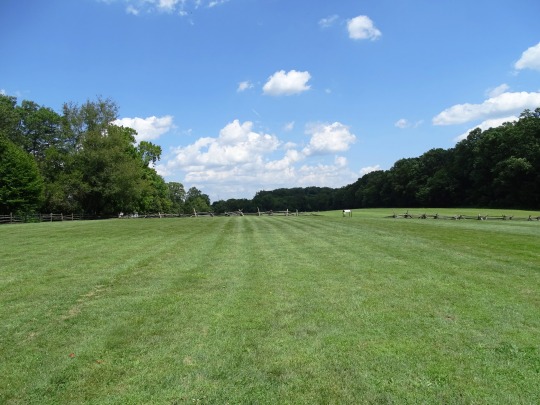



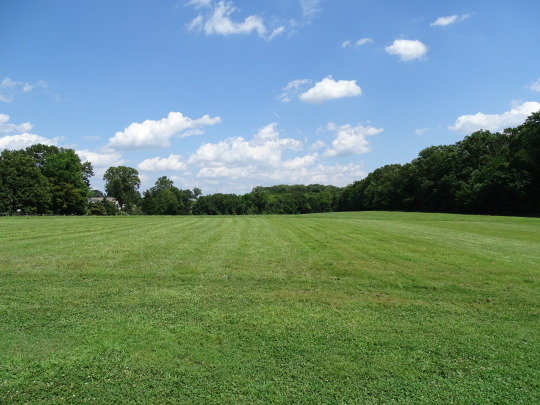
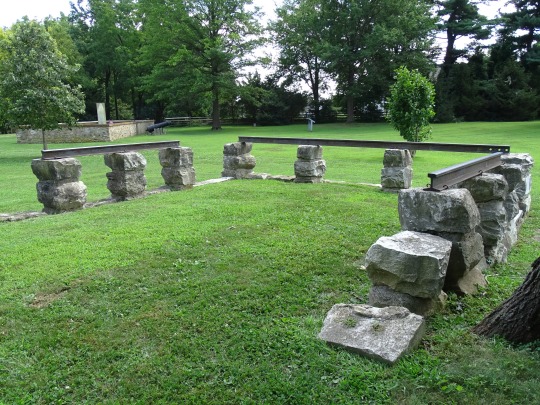

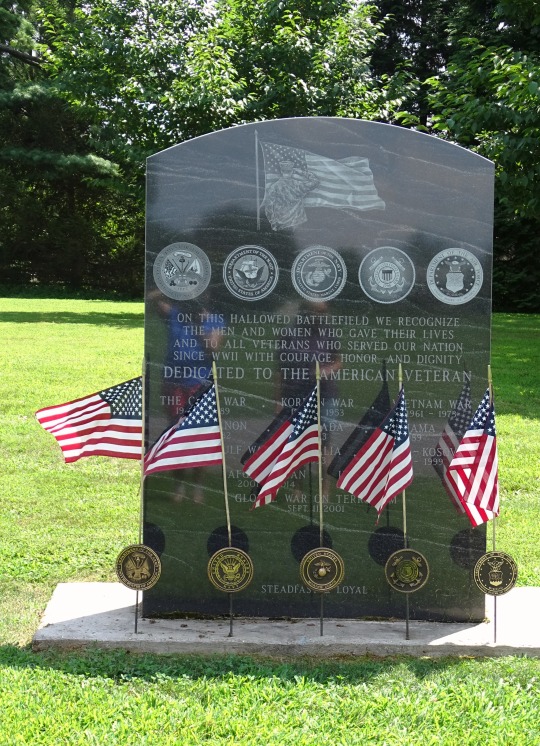
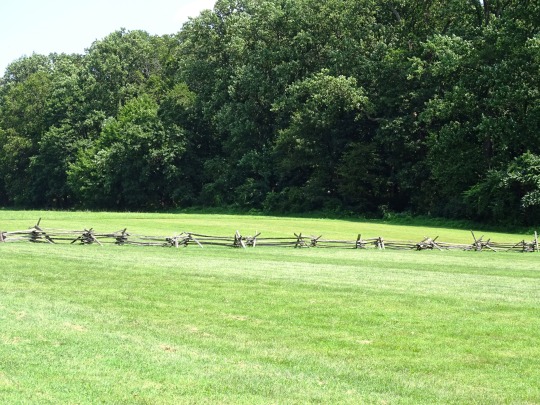

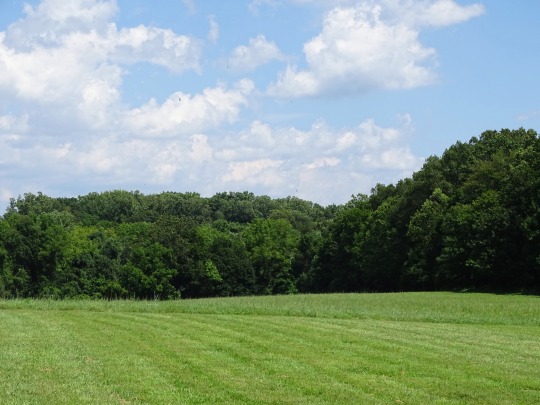



The Battle of Paoli (also known as the Battle of Paoli Tavern or the Paoli Massacre) was a battle in the Philadelphia campaign of the American Revolutionary War fought on September 20, 1777,
#Battle of Paoli#Battle of Paoli Tavern#Battle of Paoli Tavern or the Paoli Massacre#Paoli Massacre#20 September 1777#American Revolutionary War#American War of Independence#Paoli Battlefield Site and Parade Grounds#Mid-Atlantic region#Chester County#Chesco#Paoli Massacre obelisk#Malvern#Philadelphia campaign#Pennsylvania#summer 2019#free admission
1 note
·
View note
Photo








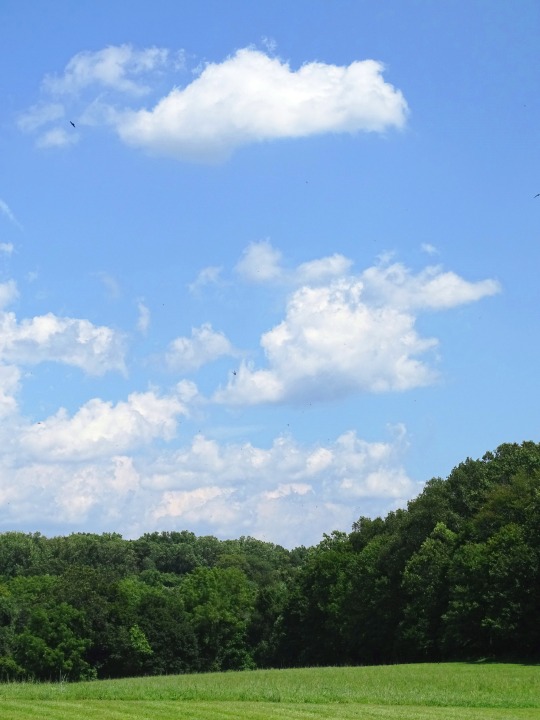

The Battle of Paoli (also known as the Battle of Paoli Tavern or the Paoli Massacre) was a battle in the Philadelphia campaign of the American Revolutionary War fought on September 20, 1777.
#Paoli Massacre Monument#Battle of Paoli#Battle of Paoli Tavern#Malvern#Paoli Massacre#Philadelphia campaign#20 September 1777#US history#245th anniversary#American Revolutionary War#tourist attraction#landmark#free admission#American War of Independence#Paoli Battlefield Site and Parade Grounds#Paoli Massacre obelisk#landscape#countryside#original photography#summer 2016#flora#woods#forest#lawn#snake fence
3 notes
·
View notes
Photo


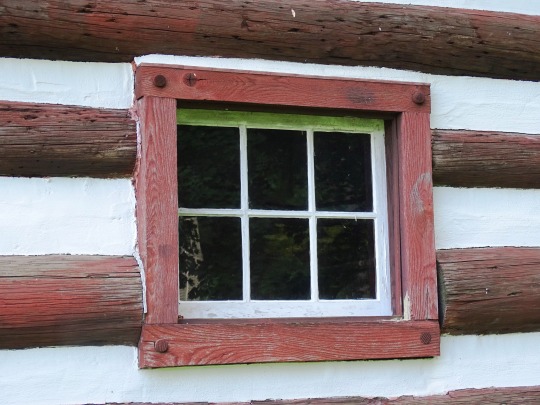
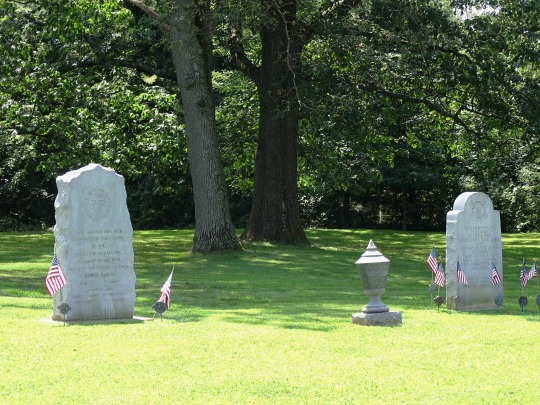
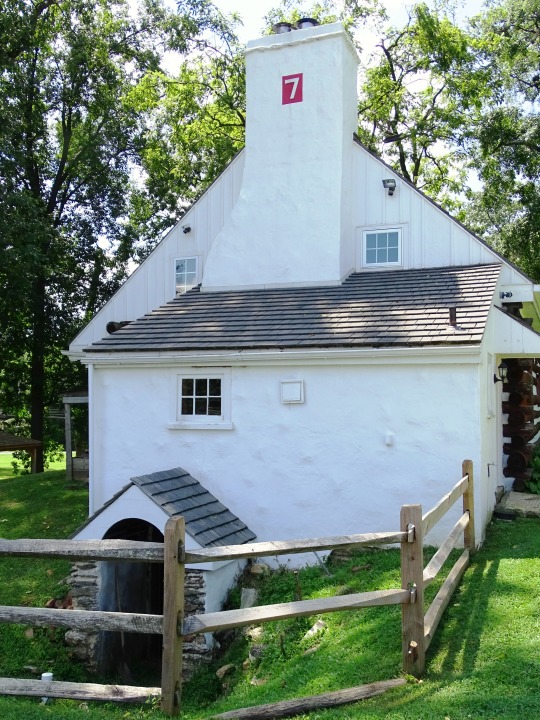
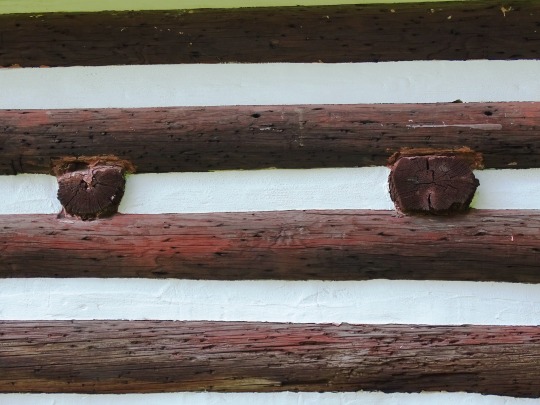

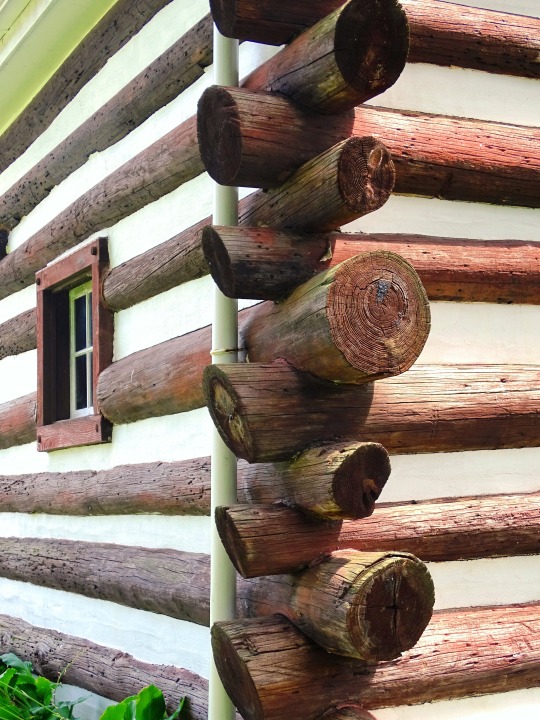


Paoli Battlefield Site and Parade Grounds, Malvern (No. 4)
An official inquiry found that Wayne was not guilty of misconduct but that he had made a tactical error. Wayne was enraged and demanded a full court-martial. On November 1, a board of 13 officers declared that Wayne had acted with honor.
The incident gained notoriety partly because of accounts by eyewitnesses, who claimed that the British had bayoneted or mutilated Americans who tried to surrender. Among them were the following:
I with my own Eyes, see them, cut & hack some of our poor Men to pieces after they had fallen in their hands and scarcely shew the least Mercy to any...
...more than a dozen soldiers had with fixed bayonets formed a cordon round him, and that everyone of them in sport had indulged their brutal ferocity by stabbing him in different parts of his body and limbs ... a physician ... examining him there was found ... 46 distinct bayonet wounds...
The Enemy last Night at twelve o'clock attacked ... Our Men just raised from Sleep, moved disorderly — Confusion followed ... The Carnage was very great ... this is a bloody Month.
The Annals of the Age Cannot Produce such another Scene of Butchery...
The military historian Mark M. Boatner III refuted these allegations, writing: American propagandists succeeded in whipping up anti-British sentiment with false accusations that Grey's men had refused quarter and massacred defenseless patriots who tried to surrender ... The "no quarter" charge is refuted by the fact that the British took 71 prisoners. The "mangled dead" is explained by the fact that the bayonet is a messy weapon.
In any case, Wayne's troops swore revenge and "Remember Paoli!" was used by them as a battle cry at Germantown and at Stony Point.
There is a tradition that, to show their defiance, the men of the 2nd Light Infantry dyed their hat feathers red so the Americans would be able to identify them. In 1833, the Light Company of the 46th Regiment of Foot were authorized to wear red cap distinctions instead of the regulation Light Infantry green, apparently in commemoration of this gesture, and in 1934, the Royal Berkshire Regiment, which carried on the traditions of the 49th Foot, were authorized to wear a red distinction in their head dress although, misleadingly, this was granted "to commemorate the role of the Light Company at the battle of Brandywine Creek". In the second half of the 20th century, the descendants of both regiments wore red backing to their cap badges and did so until 2006 when The Light Infantry and the Royal Gloucestershire, Berkshire and Wiltshire Regiment were absorbed by The Rifles.
In 1877, a granite monument was erected at the site of the battle to replace an 1817 monument that was in poor condition; the Paoli monument inscription replicates the words of the 1817 monument on one side. It stands 22.5 feet (6.9 m) tall and is inscribed on all four sides. It is located in a local park in Malvern that was listed on the National Register of Historic Places in 1997 as the Paoli Battlefield Site and Parade Grounds. There are two contributing buildings, two contributing sites, and five contributing objects included on the listing. They are the Paoli Battlefield Site, Paoli Parade Grounds, Paoli Massacre Monument (1817), Paoli Massacre obelisk (1877), World War I monument (1928), World War II urn (c. 1946), and caretaker's house and garage (1922).
Source: Wikipedia
#Paoli Battlefield Site and Parade Grounds#Battle of Paoli#Battle of Paoli Tavern#Malvern#Remember Paoli!#Paoli Massacre#American Revolutionary War#USA#American War of Independence#US history#architecture#landmark#tourist attraction#free admission#original photography#summer 2019#vacation#travel#cityscape#small town#Pennsylvania#caretaker's house and garage#lawn#log cabin
1 note
·
View note